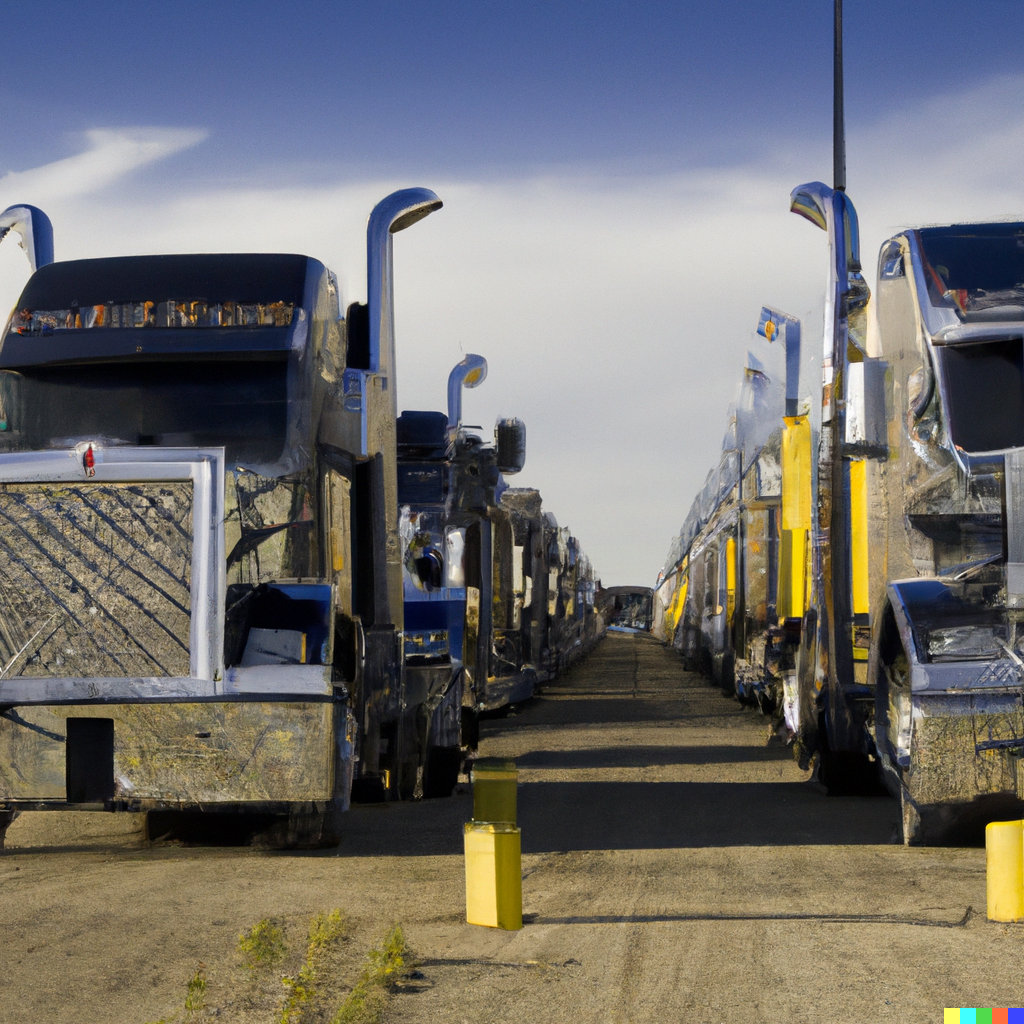- Log in to post comments

Heavy duty trucks are an essential part of our transportation infrastructure, playing a vital role in the movement of goods and materials across the country. These vehicles are designed to handle heavy loads and travel long distances, making them an important tool for businesses in a wide range of industries. However, the fuel consumption of heavy duty trucks can be a significant concern, as these vehicles are known to consume large amounts of fuel in order to power their engines and perform their duties. In this article, we will provide an overview of heavy duty truck fuel consumption, including factors that influence fuel efficiency and ways to improve it.
Fuel Consumption Estimates for Different Types of Heavy Duty Trucks in Various Driving Conditions
Estimating the fuel consumption of heavy duty trucks can be complex, as it depends on a variety of factors such as the type of truck, the load being carried, the terrain being traveled, and the driving style of the operator. However, there are some general trends and statistics that can help provide a rough idea of fuel consumption for different types of heavy duty trucks.
Here are five examples of truck types and five brands, along with estimates of their fuel consumption in different driving conditions:
-
Semi-trailer truck: These long-haul trucks are typically used for transporting goods over long distances. In highway driving, a semi-trailer truck may consume around 6-8 miles per gallon (mpg). In city driving, this number may drop to 4-6 mpg due to frequent stops and starts. While idling, a semi-trailer truck can consume around 0.5 gallons of fuel per hour.
-
Dump truck: Dump trucks are designed for hauling and dumping materials such as dirt, sand, and gravel. In highway driving, a dump truck may consume around 5-7 mpg. In city driving, this number may drop to 3-5 mpg due to the frequent stopping and starting required in this environment. While idling, a dump truck can consume around 0.5-1 gallon of fuel per hour.
-
Concrete mixer truck: Concrete mixer trucks are used for transporting and mixing concrete on construction sites. In highway driving, a concrete mixer truck may consume around 5-7 mpg. In city driving, this number may drop to 3-5 mpg due to the frequent stopping and starting required in this environment. While idling, a concrete mixer truck can consume around 0.5-1 gallon of fuel per hour.
-
Garbage truck: Garbage trucks are used for collecting and transporting household and commercial waste. In highway driving, a garbage truck may consume around 5-7 mpg. In city driving, this number may drop to 3-5 mpg due to the frequent stopping and starting required in this environment. While idling, a garbage truck can consume around 0.5-1 gallon of fuel per hour.
-
Fire truck: Fire trucks are used for responding to emergencies and fighting fires. In highway driving, a fire truck may consume around 5-7 mpg. In city driving, this number may drop to 3-5 mpg due to the frequent stopping and starting required in this environment. While idling, a fire truck can consume around 0.5-1 gallon of fuel per hour.
Some examples of brands of heavy duty trucks include:
-
Volvo: Volvo is a Swedish manufacturer of heavy duty trucks, known for their durability and fuel efficiency.
-
Freightliner: Freightliner is an American manufacturer of heavy duty trucks, offering a range of options for different types of applications.
-
Peterbilt: Peterbilt is an American manufacturer of heavy duty trucks, known for their high performance and advanced features.
-
Kenworth: Kenworth is an American manufacturer of heavy duty trucks, offering a range of options for different types of applications.
-
International: International is an American manufacturer of heavy duty trucks, known for their reliability and versatility.
The Impact of Idling on Fuel Consumption in Heavy Duty Trucks
Idling refers to the act of keeping an engine running without moving the vehicle. Idling can occur when a vehicle is stopped at a traffic light, when it is parked and the driver is taking a break, or when it is being loaded or unloaded.
Heavy duty trucks consume a significant amount of fuel while idling, as their engines are designed to run continuously and consume fuel at a high rate. The amount of fuel consumed while idling can vary based on the size and type of the truck, as well as the specific engine model. However, as a general rule, heavy duty trucks can consume between 0.5 and 1 gallon of fuel per hour while idling.
Idling can be a significant contributor to the overall fuel consumption of heavy duty trucks, especially if the truck spends a lot of time stopped or parked. To minimize fuel consumption while idling, trucking companies and fleet managers may implement strategies such as using auxiliary power units (APUs) to provide power and climate control while the main engine is turned off, or using idle reduction technologies to minimize the amount of time the engine is running while the vehicle is stationary.
To conclude, fuel consumption is an important consideration for heavy duty truck owners and operators, as it can have a significant impact on the operating costs of these vehicles. Understanding the factors that influence fuel consumption, such as the type of truck, the load being carried, the terrain being traveled, and the driving style of the operator, can help trucking companies and fleet managers make informed decisions about their vehicle choices and optimize their fuel efficiency. By implementing strategies such as using auxiliary power units and idle reduction technologies, and by choosing fuel-efficient trucks and engines, it is possible to reduce the fuel consumption of heavy duty trucks and lower operating costs